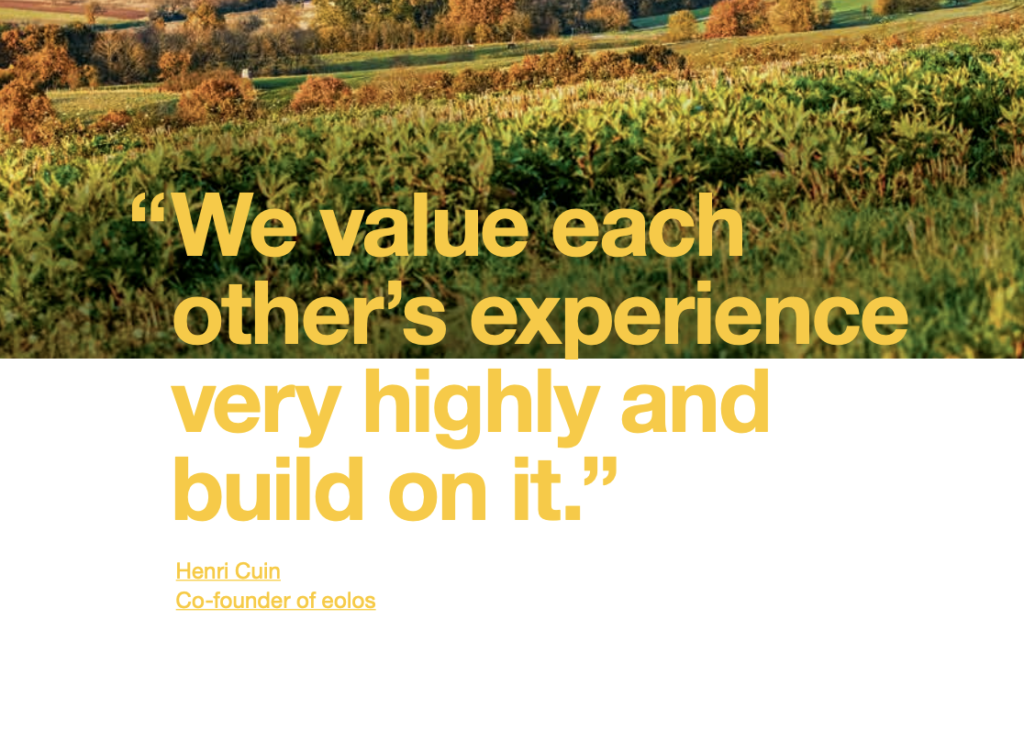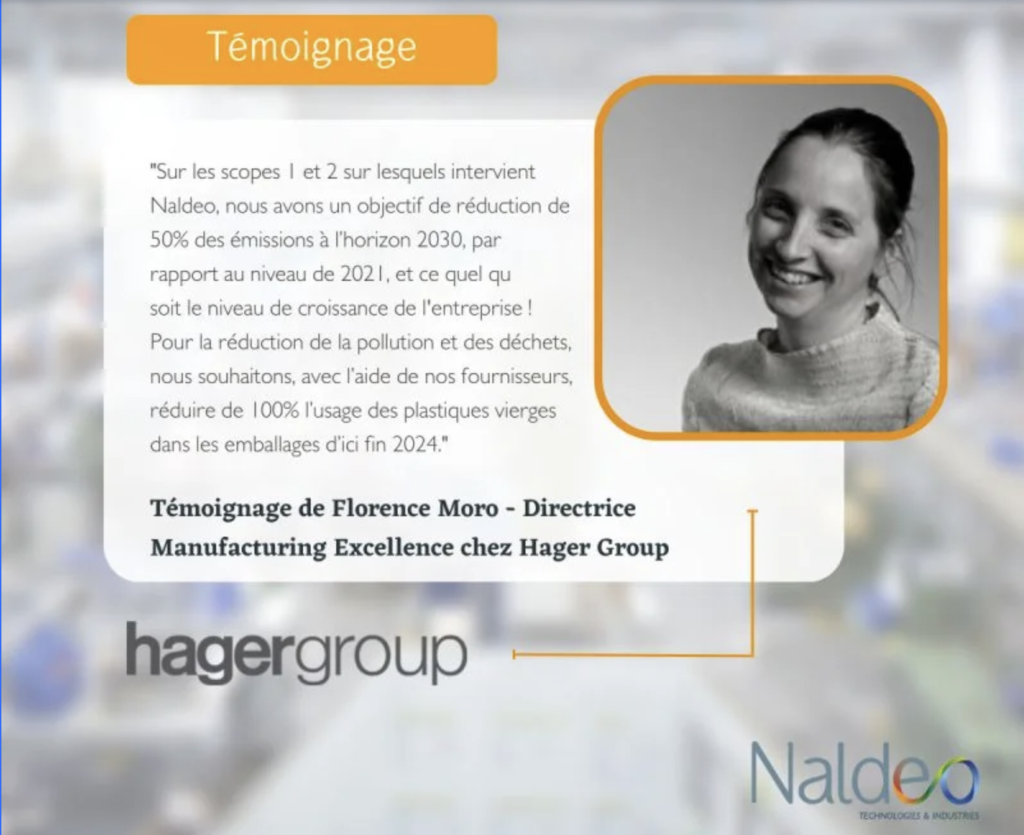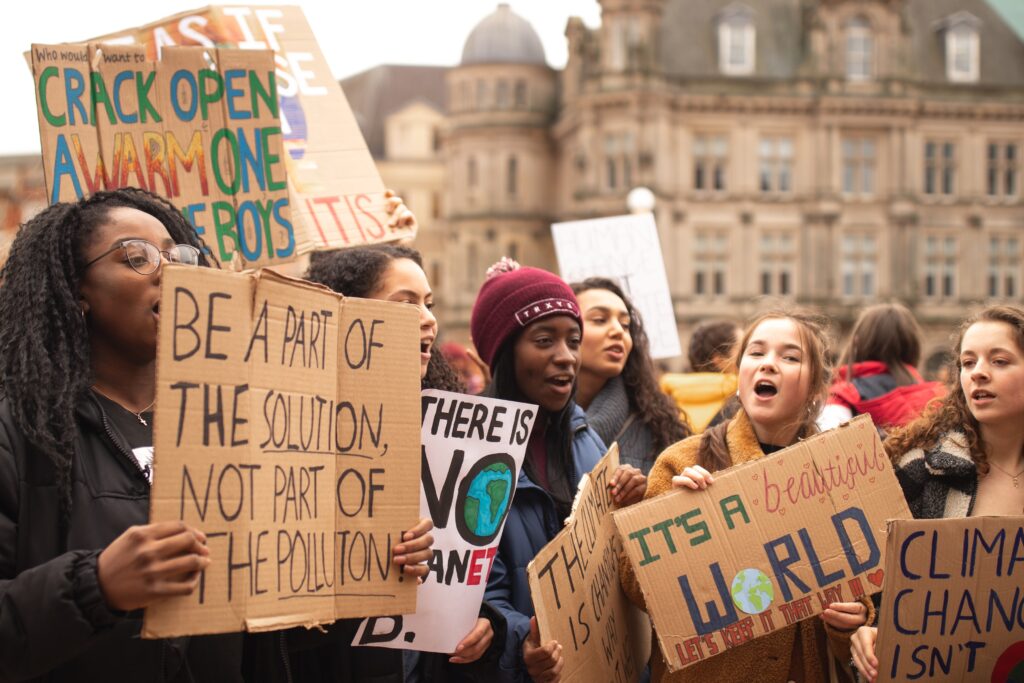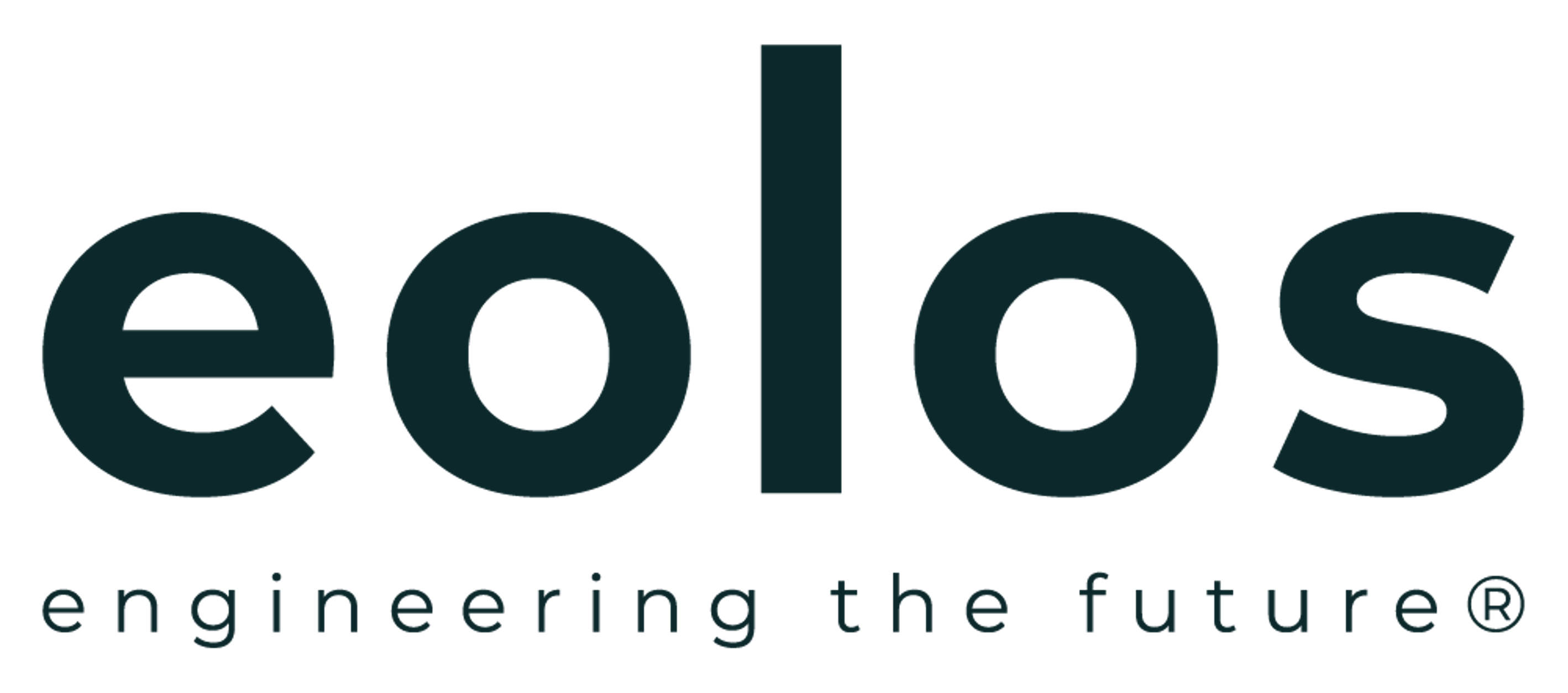CSRD: Europe leads the way for ESG reporting

Great news from the EU: The Corporate Sustainability Reporting Directive (CSRD) promotes increased transparency and harmonized disclosure for sustainability information in financial reports. Broadening the Non-Financial Reporting Directive’s scope, CSRD introduces double materiality and standardized reporting, which will be progressively implemented between 2025-2029.
Business- & Environmental Case for a Repaircenter

Repairing products in the electronics industry, is it possible to make repairing both environmentally and economically viable? A concrete example
HAGER GROUP: Annual Report 2021/22 – Decarbonising business

Back in 2020, we started
to look together at the main environmental trends that will shape the electrical world, from a regulatory,
customer, social and technological
perspective.
What does industrial decarbonization look like?

Hager Group, advised by eolos, is working towards manufacturing eco-responsibility. By involving plant energy managers and implementing improvements, they reduced CO2 emissions by 1% in Q3 2022, eliminated 200 tons of non-recycled plastic packaging, and aim for 100% sustainable packaging by 2024.
Product Environmental Declarations

Over a 4-month sprint, we achieved AGEC Law compliance for Ariston through systematic regulatory analysis, collaboration with electrical system experts, and identification of knowledge gaps. We consolidated relevant information for compliant disclosure.
Reducing Plastic Packaging

We assisted Hager Group in targeting 100% sustainable packaging by 2024, eliminating 300+ tons of plastic waste. Collaborating with external suppliers, we analyzed current plastic usage, launched reduction projects, and redesigned packaging to meet technical and marketing needs.
The role of industries in climate change mitigation

The IPCC report underscores rising greenhouse gas emissions, mainly from industry. Declining low-emission technology costs and increased usage aid mitigation of climate change. Decarbonization, sustainable options, international cooperation, and policy implementation are vital for a net-zero industry and climate resilience.
The window of opportunity to address climate change is decreasing

This article highlights climate change’s adverse impacts on humans and ecosystems, exacerbating vulnerability and global inequalities. These details are in the IPCC report. Climate risk depends on mitigation and adaptation efforts. Integrating these measures enables climate-resilient development. Maladaptation can be avoided with inclusive, long-term planning.
Environmental Sustainability Fundamentals

The circular economy (CE) helps achieve sustainability by maximizing resource value and minimizing waste. While sustainability encompasses people, profit, and planet, CE principles address resource extraction, production, and consumption. Regulations and business model adaptations contribute to this transformation.
Carbon Emissions & the Industry

To achieve net-zero emissions by 2050, industries must understand and reduce their carbon footprint. The focus has shifted from emissions per product to absolute emissions reduction. Governments and businesses must collaborate, leveraging disruptive innovation, circular economy principles, and resource value retention frameworks to achieve balance between resource use and future planetary protection.


